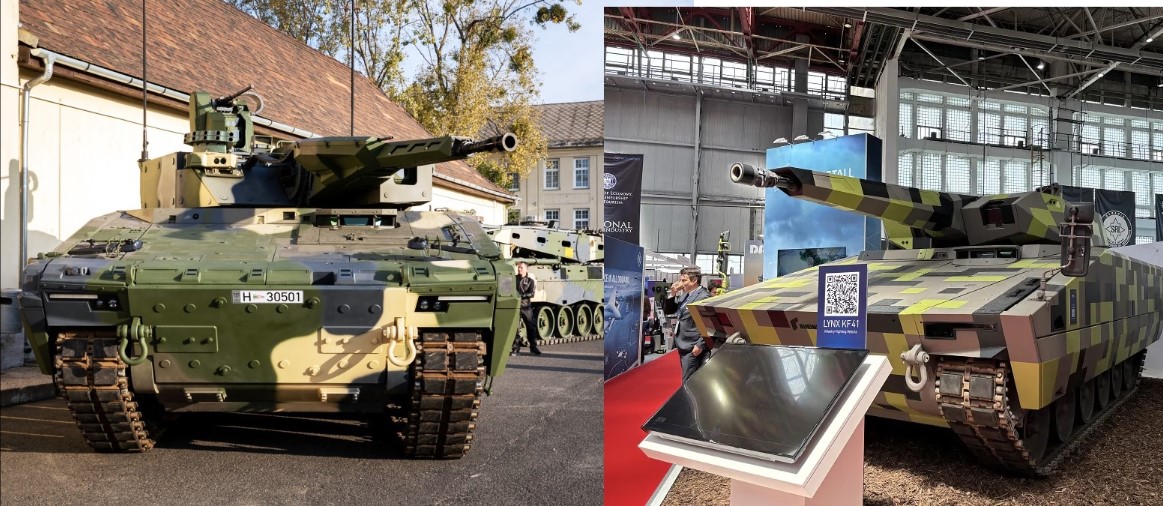U.S. Army Protests $47,000 Charge for a $15 Black Hawk Component

WASHINGTON — U.S. Army Secretary Dan Driscoll has raised concerns about long-standing military procurement practices after the Army identified a basic component on the Sikorsky UH-60 Black Hawk helicopter that costs $47,000 under current vendor rules, despite being inexpensive to produce.
The part in question is a small screen control knob that cannot be purchased or repaired separately. Under the existing contract, the Army must buy the entire screen assembly, even though internal engineers estimate the knob could be made for roughly $15 in-house. Army units reportedly replace about four knobs per month, creating an estimated $188,000 monthly expense for an issue officials believe could be handled at a fraction of the cost.
Secretary Driscoll said the Army is now reviewing how such situations developed and how to prevent them. He stated that contractors will be expected to provide more flexibility in future agreements, including repair rights and access to technical data, so individual components can be serviced or manufactured when practical. The Pentagon has also directed the Army to examine similar cases across other equipment lines.
The matter reflects concerns raised by the Government Accountability Office (GAO), which has documented multiple instances where the military was required to purchase complete assemblies because contractors did not offer individual parts or repair options. GAO reports note that these restrictions can increase sustainment costs and delay maintenance schedules.
Members of Congress are also taking interest. Senator Elizabeth Warren and several lawmakers are working to include right-to-repair provisions in the upcoming defense authorization bill. These proposals would require contractors to provide necessary maintenance data and reduce dependence on sole-source arrangements that limit cost transparency.
Defense companies have not publicly commented on the Black Hawk case. Industry analysts say contractors often cite certification requirements, proprietary designs, and safety standards as reasons for restricting individual component sales. Government officials say they are evaluating where those constraints are necessary and where they can be adjusted.
Secretary Driscoll emphasized that the goal is to ensure the Army can maintain its equipment efficiently and responsibly. The review process is underway, and additional cases may be assessed as the Pentagon reconsiders how future contracts should be structured.
✍️ This article is written by the team of The Defense News.





